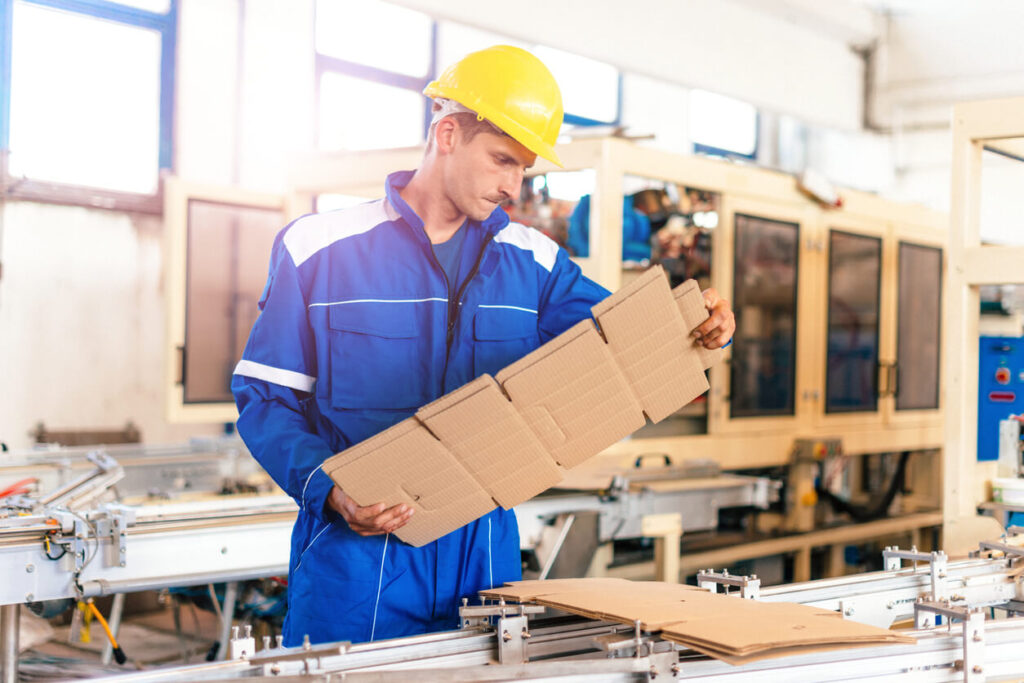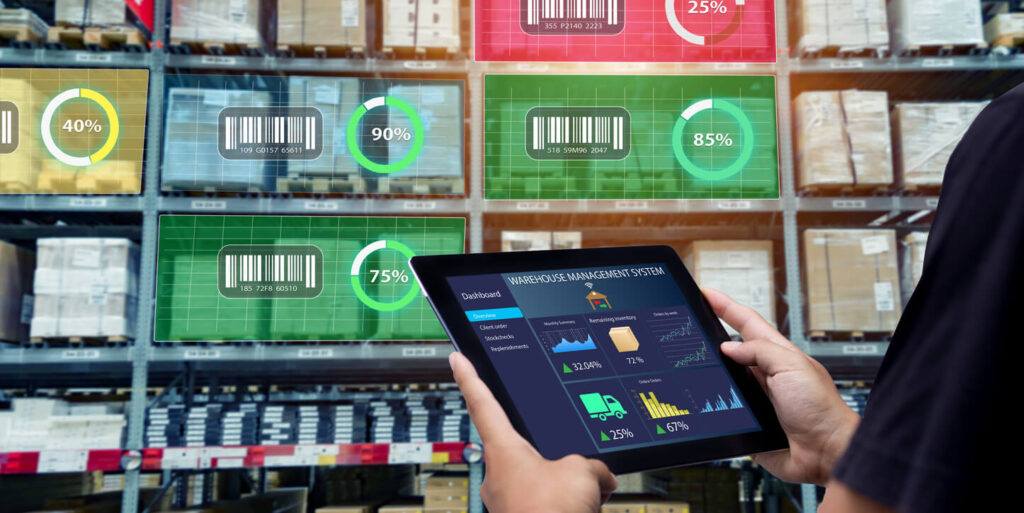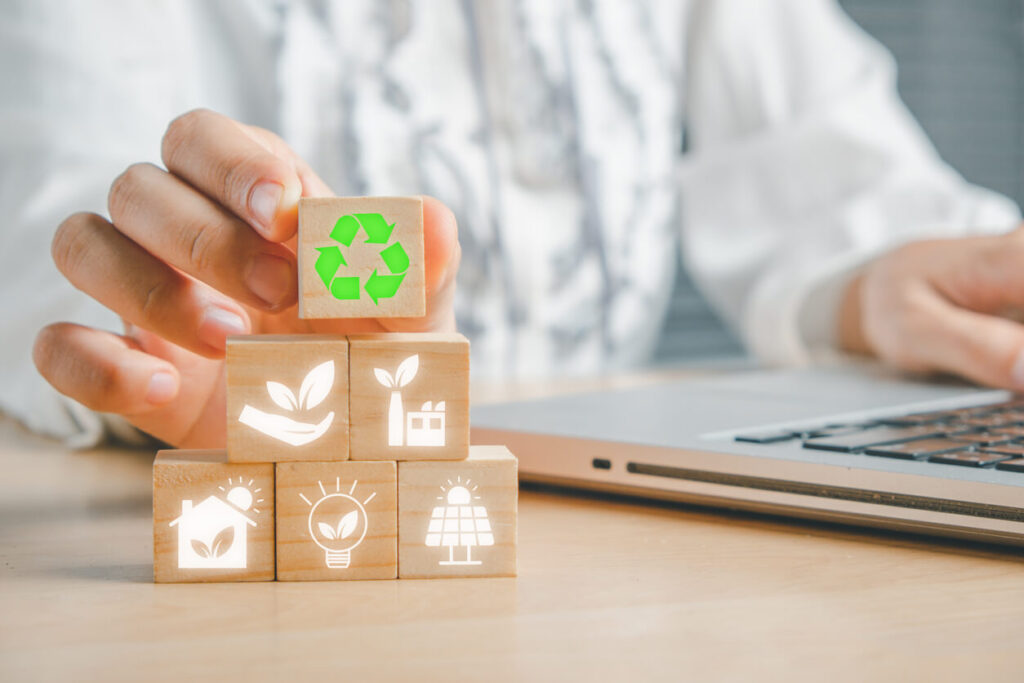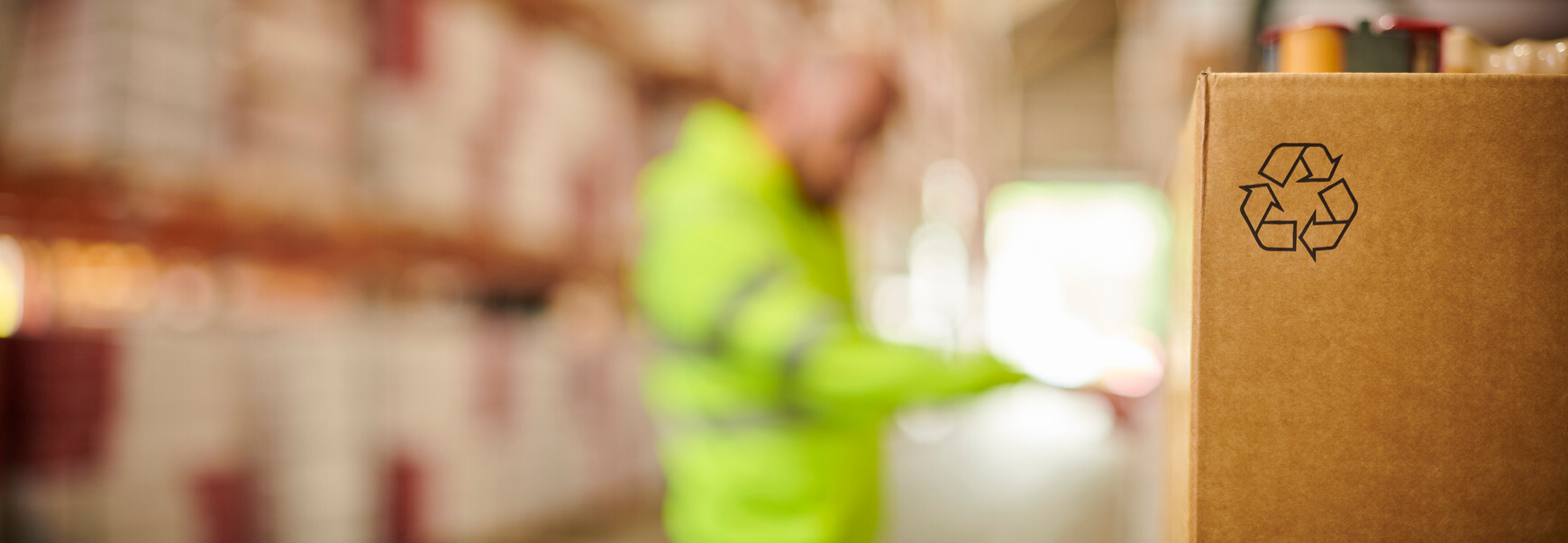Environmental issues are a top priority in today’s world. Every business decision we make has a significant effect on the environment. The way we package our items is one important area where our decisions can have a big impact. It is not only a responsible choice to switch from conventional packaging, particularly single-use plastics, to more sustainable options, but it is also a necessary step towards creating a healthier and more ecologically conscious future.
This article discusses sustainable business practices that can be implemented to address the issue of plastic pollution, as well as the significance of eco-friendly packaging. By adopting these practices, businesses may meet consumer expectations, reduce their environmental impact, and satisfy the growing demand for sustainable products.
The Urgency of Sustainable Packaging
Plastic pollution has become a major worldwide issue that is detrimental to both human health and our environment. There has never been a more urgent need to find solutions and alternatives to plastic pollution. One way to break free from the cycle of plastic waste accumulation and contribute to a sustainable future is by selecting eco-friendly packaging solutions.
Sustainable packaging offers a responsible alternative by using materials that are recyclable, compostable, or made from renewable resources. This shift away from traditional packaging materials significantly reduces the environmental harm associated with plastics and supports the transition towards a circular economy.

There are different approaches around the world for minimising and managing packaging waste. In the EU, there is a packaging-and-waste directive and a ban on selected single-use plastics. Therefore, the rules might differ from country to country, but the goal is the same: to reduce the amount of plastic waste.
Choosing Sustainable Materials – Advantages and Challenges
The careful selection of materials is a vital component of environmentally responsible packaging. Businesses can significantly reduce their environmental footprint by using products that are recyclable, biodegradable, or derived from renewable resources. Among the sustainable material choices are:
1. Bioplastics
Bioplastics are made from renewable resources like algae, cornstarch, and sugarcane, and are a great alternative to conventional plastic which is made from fossil fuels. Bioplastics are recyclable or compostable and have a reduced carbon impact than conventional plastics, which are derived from fossil fuels.
Bioplastics can lessen the need for fossil fuels and greenhouse gas emissions, but their environmental advantages vary depending on how they are produced and disposed of. Certain bioplastics require particular circumstances in order to break down, and growing them can have an impact on food supply and land use. As a result, before implementation, their sustainability should be carefully evaluated.
You can drastically lessen your dependence on non-renewable resources and help create a more sustainable packaging sector by adopting bioplastics. Have a look at the Business Insider video below to discover how to make plastic from seaweed.
2. Recycled Plastic
Another environmentally-friendly packaging choice is recycled plastic. Plastic recycling conserves energy, cuts greenhouse gas emissions, and lessens the need for new petroleum extraction. Additionally, it reduces the quantity of garbage disposed of in landfills and the quantity of plastic that ends up in the environment—such as the oceans.
All plastics cannot, however, be recycled; the procedure, which includes gathering, sorting, and reprocessing, can occasionally be difficult and expensive. Furthermore, after several recycling cycles, plastic’s quality and integrity may deteriorate, which may limit its use in particular applications. In spite of these obstacles, recycled plastic is essential to the circular economy, seeking to extend the useful life of materials and lessen the total environmental effect of plastic use and manufacturing. Recycling and reusing are essential to the future of the waters and our habitat.
3. Paper and Cardboard
Considering their biodegradability and recyclability, paper and cardboard are commonly used substitutes for plastic packaging and are typically seen as more sustainable. With their ability to be composted and their composition based mostly on renewable resources (wood pulp), they decompose considerably more quickly than plastics and have a less environmental footprint. The well-established recycling process for cardboard and paper may conserve energy, cut down on greenhouse gas emissions, and substantially lessen the requirement for virgin materials.

It is important to remember that paper and cardboard should be sourced from certified sustainable enterprises and carefully recycled after use to optimise their environmental benefits. Paper and cardboard can be useful materials for packaging that lessens its environmental impact if handled properly.
4. Compostable Materials
Compostable materials, such as plant-based plastics and natural fibres, offer an innovative solution to packaging waste. These materials can break down naturally without harming the environment and contribute to the creation of nutrient-rich compost. They are renewable and frequently have a lower carbon footprint than conventional plastics since they are derived from plant-based sources like maize starch, sugarcane, or potato starch. By adopting compostable packaging, businesses can reduce landfill waste and support a more sustainable waste management system.
The main advantage of compostable materials is their capacity, given the correct circumstances, to decompose into healthy compost that improves soil quality and minimises waste sent to landfills. Appropriate disposal is crucial to their environmental efficacy and certain conditions must be met for compostable materials to break down. Not all regions have the equipment to properly manage them. Therefore, understanding the process of composting is crucial for the environmental impact to be fully realised.
It is important to bear in mind that there is a difference between biodegradable and compostable materials: while all compostable items are biodegradable, not all biodegradable items are compostable to the same extent.
Innovative Design Approaches

Beyond material selection, sustainable packaging involves innovative design strategies that maximise packing effectiveness and minimise waste. Businesses can increase overall sustainability, minimise environmental impact, and improve their brand image by adopting these design principles:
- Minimalist Packaging – minimal packaging emphasises simplicity and functionality while removing superfluous layers. You can save waste and improve the overall appearance of your brand by minimising packaging. Eliminating unnecessary packaging draws in eco-aware customers that respect sustainability and simplicity.
- Smart Packaging Technologies – using smart packaging technologies, such as QR codes and smart labels, can encourage recycling habits and give customers useful product information. By empowering customers to make intelligent choices and adopt sustainable behaviours, these technologies help solidify the brand’s dedication to environmentally responsible business operations.
Optimising the Supply Chain for Sustainability
Sustainable packaging considers every step of the supply chain, not just the product itself. Enterprises can substantially mitigate their ecological footprint and augment overall sustainability by integrating sustainability into every phase of the packaging procedure. To share objectives and innovate as a team, this entails fostering open partnerships with all supply chain participants. You can minimise supply chain costs with RND, find out more here.
Through the use of lighter or alternative materials and size-reducing methods, packaging design can be made more efficient to reduce transportation-related emissions and waste. Moreover, local sourcing boosts regional economies and lowers transportation-related emissions, strengthening the resilience and sustainability of the supply chain. A more sustainable packaging paradigm depends on these coordinated efforts in teamwork, efficient design, and local sourcing.
The Business Case for Sustainable Packaging
Adopting eco-friendly packaging has real business benefits in addition to being in line with consumer ideals. Businesses can improve their brand reputation, distinguish themselves from competitors, and draw in eco-aware customers by implementing sustainable practices. By using less materials, improving operating efficiency, and streamlining logistics, sustainable packaging also saves money.
Here are a few ways to help your business achieve these benefits:
1. Enhancing Brand Reputation
Brands are facing growing consumer demands for sustainable products, and companies that use sustainable packaging can enhance their reputation. Businesses may increase revenue and growth by gaining the trust and loyalty of environmentally conscious customers by showcasing their commitment to environmental responsibility.

2. Cost Savings
Despite the assumption that sustainable packaging is more expensive, companies must consider the big picture. Long-term cost reductions from sustainable packaging can be achieved by taking into account several factors such as material savings, operational efficiencies, and potential marketing advantages when evaluating the overall cost. Businesses can make a positive environmental effect and substantial financial gains by cutting waste and streamlining procedures.
3. Meeting Customer Expectations
In current times, consumers expect more sustainable solutions, including eco-friendly packaging. Businesses can achieve these expectations and cultivate enduring client loyalty by identifying with customer values and offering sustainable packaging solutions. Customers that emphasise sustainability in their purchasing decisions are drawn to sustainable packaging because it shows a dedication to environmental responsibility.
Conclusion
Using environmentally friendly packaging is essential as environmental concerns grow. By using sustainable materials, creating innovative designs, and enhancing supply chains, businesses can both meet customer needs and have a substantial environmental impact. This change is a calculated strategic decision that helps businesses stand out in a crowded market, not just one of accountability. In order to build a more environmentally conscious consumer base and a greener future, sustainable packaging needs to be embraced now. It’s an option that will help the environment, businesses, and coming generations.











